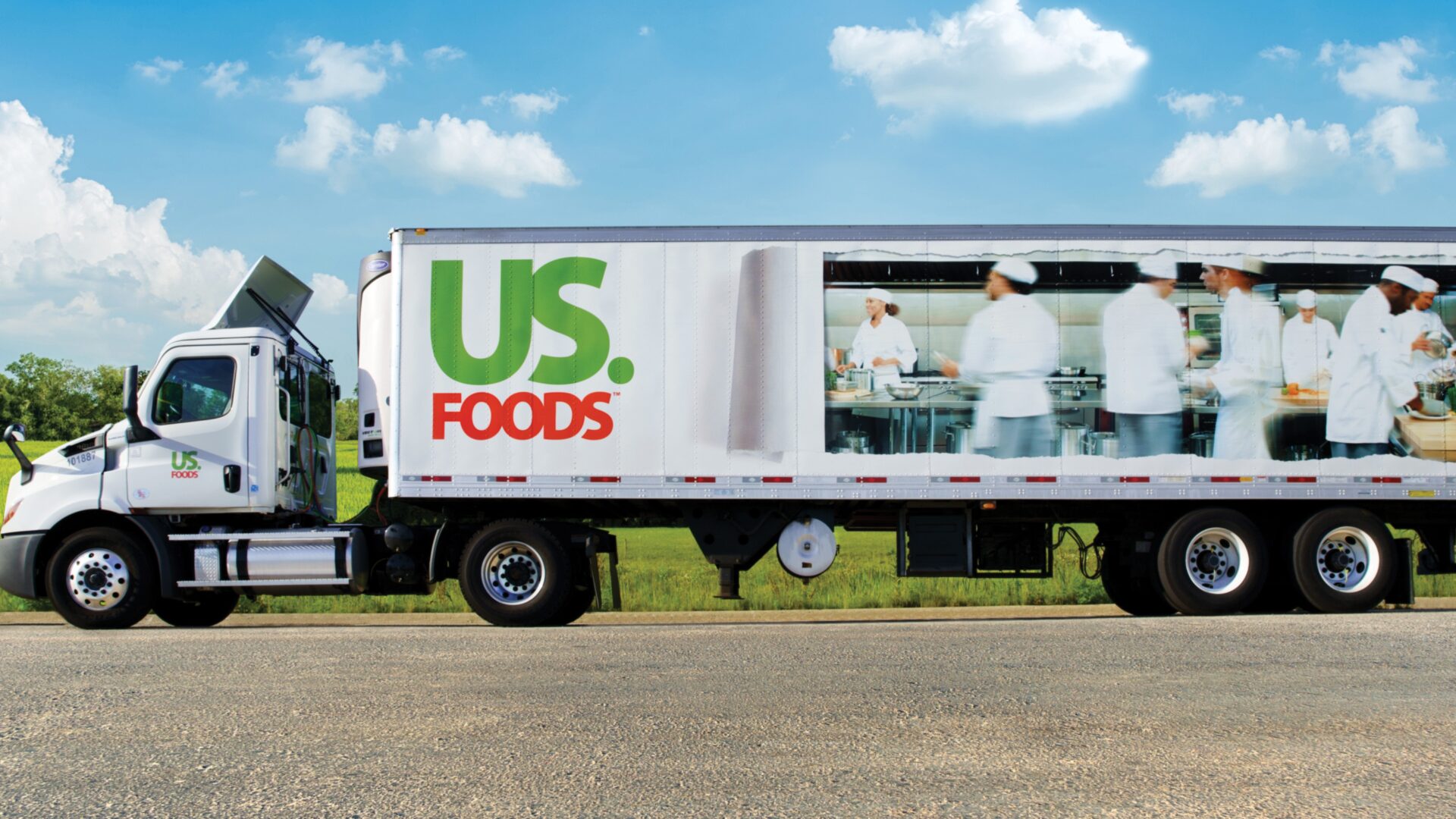Looking solely at stock prices, there’s a good news/bad news situation for the big 3 foodservice distributors. The stock prices themselves are the bad news. Since the end of 2019, an equal-weighted basket of Sysco, Performance Food Group, and US Foods has returned (including dividends) 44%, just under half the 89% total return of the Standard & Poor’s 500.
Of course, in the context of the external environment, that overall performance is hardly surprising. The last five-plus years aren’t the worst years in the industry’s history — obviously the 2008-09 stretch was particularly tough – but they might well be the most extreme.
Foodservice distributors saw their customers shut down en masse in 2020, dealt with pandemic hangovers the following year, saw inflation spike in 2022-23, and even in 2025 already have dealt with wildfires in California, 100-year weather events in the South, and plunging consumer sentiment. Driving some profit growth and shareholder returns in that environment seems like at worst a modest win.
Importantly, the 44% return of the group is also skewed by the significant underperformance of one of its constituents. US Foods and PFG actually have done just fine, returning 71% and 64%, respectively. It’s Sysco, the industry’s leader, that has fallen behind.
Incredibly, Sysco has posted negative returns so far this decade; even with dividends, shareholders are down about 4%.
Again, there are external factors at work here. And it’s not as if the company is broken. Revenue was $60 billion in fiscal 2019 (ending June); it should clear $80 billion this fiscal year. Annualized growth is just over 5% (admittedly with some help from acquisitions), which in turn does suggest Sysco has taken share from the market as a whole, continuing a long-term trend we highlighted last year. The company is not only the biggest in the space but by some measures the best: as Sysco itself notes, its profit margins are still better than those of US Foods and PFG.
Sysco’s Independent Restaurant Sales Drop: A Troubling Trend?
That said, there are real concerns here, and real reasons why Sysco stock has flatlined. Results and commentary from the calendar first quarter of 2025 show why. All three companies told essentially the same story about the broader environment. Restaurant foot traffic was down – Sysco claimed a drop of 3.1% across the industry – with February particularly weak. April showed a marked improvement, which continued into May.
What was different was how each business reacted. Both PFG and US Foods seem to have taken share, with case volume positive on an organic basis (ie, excluding the impact of acquisitions). Sysco’s volume, however, fell 2%.
The difference was more stark in sales to independent restaurants, typically the better and higher-margin customer. (As PFG notes in its securities filings, independent operators “typically use more value-added services” as well as more private label options; larger chains also have more negotiating power given the greater size of their contracts.) Both US Foods and PFG trumpeted strong organic case growth to independent customers (PFG was +3.4%); volume to what Sysco calls “local” customers fell 3.5%.
So overall Sysco isn’t taking share (as even management has admitted of late), and with the most profitable customers it’s losing share to its two biggest rivals. The stagnant share overall is a disappointment: in a more inflationary environment, Sysco should be able to use its scale and pricing power to unseat smaller, often family-owned rivals. The losses to rivals are even more pressing.
Sysco’s Stock Performance: Future Forecast
The obvious question is why Sysco is losing share. Per management, the problem is largely around execution. Last year, Sysco re-worked its compensation scheme, lowering base pay for sales representatives but increasing bonuses and other incentives to reward the best performers. That move unsurprisingly led to a bout of attrition; the new reps brought on take some time (usually at least a year, per commentary across the space) to improve their own productivity enough to offset the losses.
From that perspective, Sysco’s performance so far in fiscal 2025 is basically an air pocket, a case of short-term pain required for long-term gain. But the returns in Sysco stock of late (one-year performance versus peers and the market matches the multi-year trend) suggests that investors don’t entirely believe that explanation.
And perhaps with good reason. Ahead of the most recent earnings report, management clearly overpromised on the sales front, sounding much more confident that sales productivity would be back to normal by now. Executives have also pointed to the need for more “price agility”, as chief executive officer Kevin Hourican put it on the most recent conference call, giving reps the ability to move on price to keep existing customers or capture new ones. Those capabilities ostensibly will be in place soon, but investors rightly wonder why that haven’t been installed already. More broadly, the multi-year performance both in the stock market and in the company’s results suggests that there is more than just a short-term issue at play in terms of Sysco’s overall go-to-market strategy.
To put it simply, right now Sysco is being out-executed, particularly by its two largest rivals. That’s not something that can be blamed on inflation or tariffs or foot traffic. It’s something that needs to be improved – or, for Sysco stock, the rest of the decade is going to look much like the first four-plus years have.
Vince Martin is an analyst and author whose work has appeared on multiple financial industry websites for more than a decade; he’s currently the lead writer for Wall Street & Main. He has no positions in any companies mentioned.
The Food Institute Podcast
It’s tariff time, and companies the world over are working to better understand how their operations will be impacted. Jodi Ader from RSM US LLP joined The Food Institute Podcast to discuss which products and inputs are currently subject to tariffs, and how to best mitigate supply chain risks.












